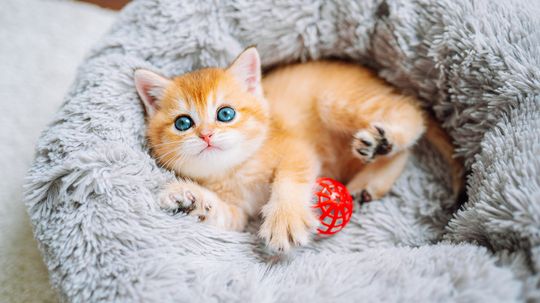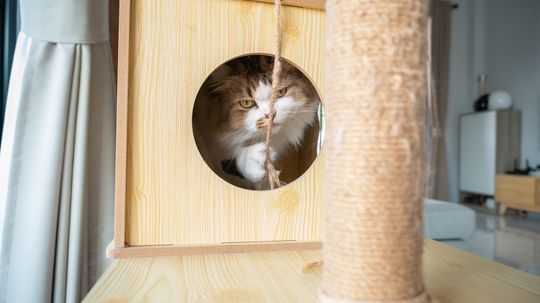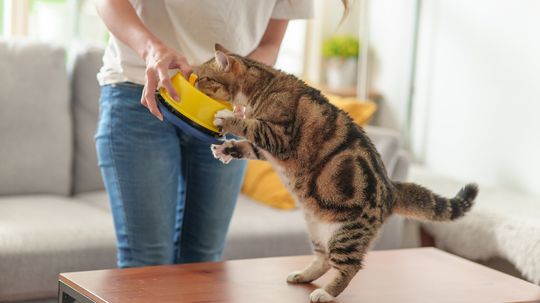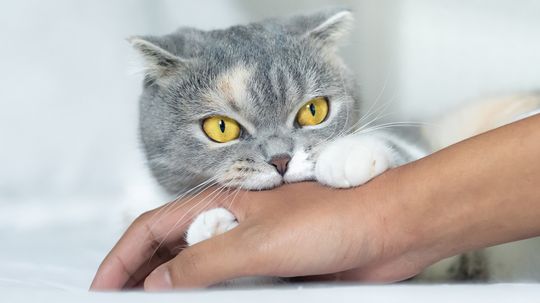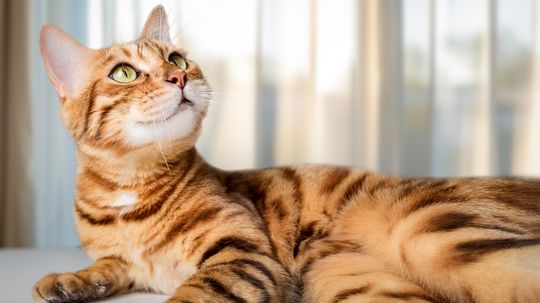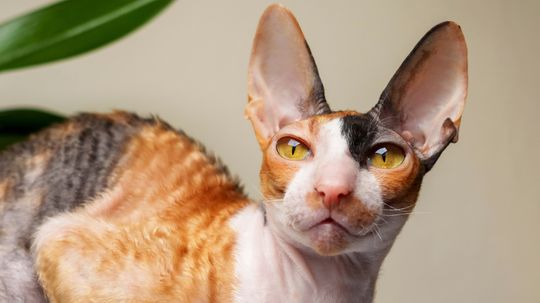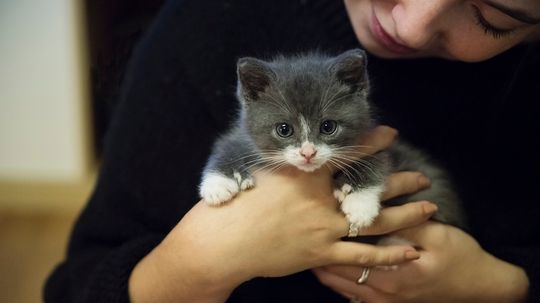Cats
Cats can make great pets and companions. Learn how to take care of cats, from everyday basic tips to cat behavior issues to cat injury treatments.
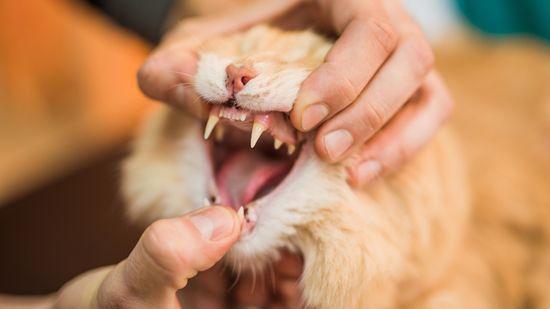
How to Save a Choking Cat
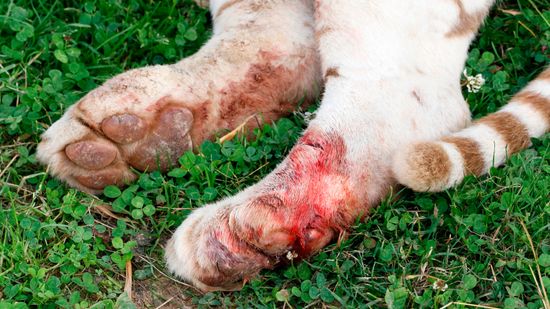
How to Treat a Bleeding Cat
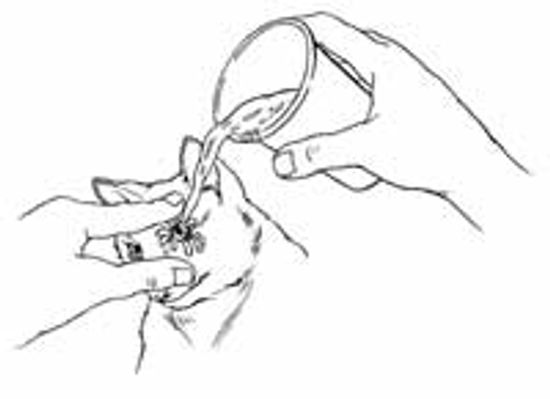
How to Treat a Cat That Has Been Sprayed by a Skunk
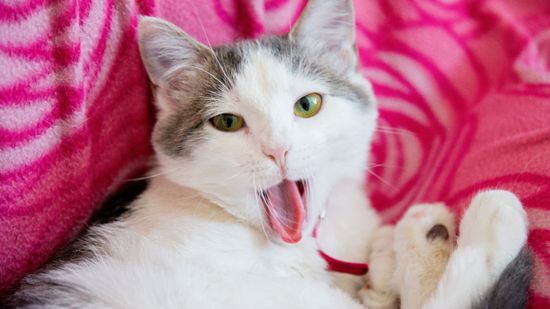
How to Administer Oral Medication to a Cat
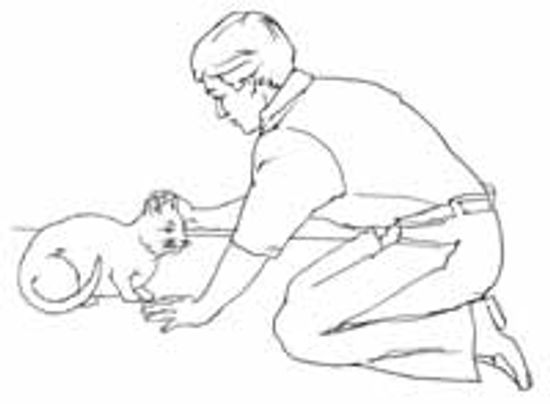
How to Approach an Injured Cat
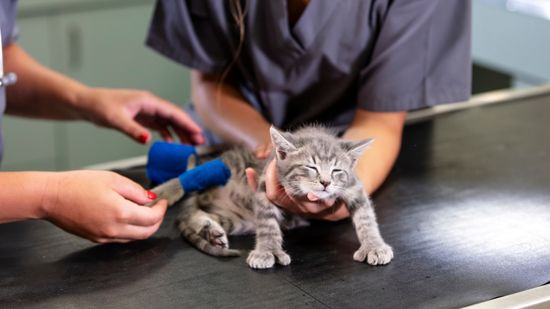
How to Restrain an Injured Cat
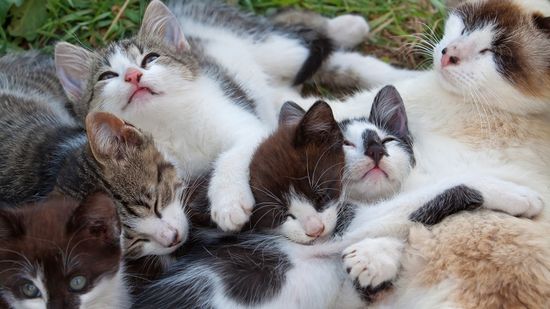
What Is a Group of Cats Called? A Clowder, a Glaring, a Kindle?
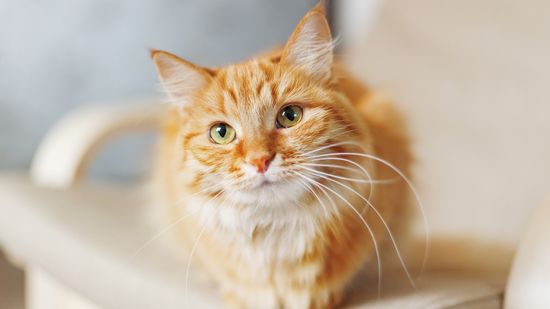
6 Facts About Ginger Cats (Plus 2 Bonus Tidbits)
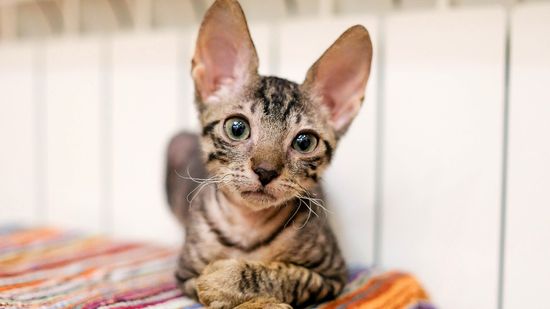
8 Ugliest Cats We Still Love Exactly as They Are

Are Christmas Trees Toxic to Cats? What About Tree Water?
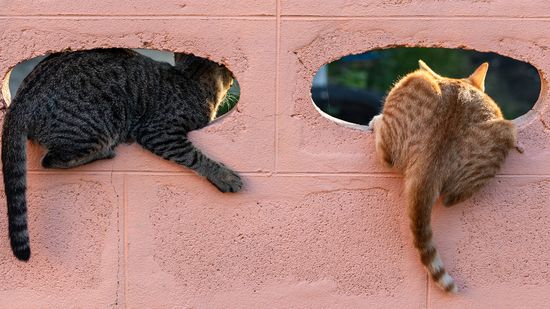
Why Do Cats Put Their Butt in Your Face?

Why Does My Cat Bite Me When I Pet Her?
Learn More / Page 4
Oranges are a popular snack for humans, packed with vitamin C and sweet, tangy flavor. But can cats eat oranges? The short answer is no, cats should not eat oranges.
By Nico Avelle
Have you ever wondered: Are cats color blind? The answer isn’t black and white — but it is mostly gray. (See what we did there?)
By Nico Avelle
The grey and white cat is a timeless favorite for feline fans. With its striking coat pattern and calm demeanor, this bi-color beauty can blend well into families with kids, dogs and other pets.
By Nico Avelle
Advertisement
Looking for the cutest cat breeds to light up your life? Whether you want a playful companion or a couch cuddler, these feline breeds check every box — from wildly good looks to the fluffiest fur imaginable.
By Nico Avelle
Every cat needs a place to scratch, climb, and perch. Building a DIY cat tree gives your feline friend a custom space to do just that — and it's way cheaper than buying one from pet stores.
By Nico Avelle
If you've ever caught your feline eyeing your salad or sandwich, you might wonder: Can cats eat tomatoes? The answer isn't a simple yes or no. Tomatoes come with a mix of nutrients and risks, especially for our feline friends.
By Nico Avelle
Imagine a cat that looks like it walked out of a wilderness survival show, yet purrs when you scratch behind its ears. That’s the bobtail cat, a feline with a tail that’s just a nub compared to the swishy standard most cats sport.
By Nico Avelle
Advertisement
If you've ever caught your feline friend curiously sniffing around your popcorn bowl or pawing at a cob of corn, you might wonder: Can cats eat corn?
By Nico Avelle
If you're picturing a majestic, powerfully built feline that looks like it leapt out of a snowy forest in a Russian fairy tale, then you're probably imagining the Siberian cats. These longhaired cats are not just a sight to behold; they're also among the more recently formalized natural breeds in modern cat registries.
By Nico Avelle
Snake plants are the hardy green heroes of the indoor garden world. Also known as mother-in-law's tongue, these low-maintenance houseplants are practically indestructible and can thrive in everything from bright sun to dim corners. But pet lovers, especially cat owners, often ask: Are snake plants toxic to cats?
By Nico Avelle
If you've never heard of a RagaMuffin cat, you're in for a treat. These big, fluffy felines are like teddy bears that purr. Their sweet personalities and plush coats make them a dream for first-time cat owners and seasoned pet parents alike.
By Nico Avelle
Advertisement
Looking for the perfect name for your new feline friend? Whether you’ve adopted a curious kitten or a regal tomcat, choosing the right name is a big deal. A good name reflects your cat's personality, makes you smile, and might even spark a bit of envy from other pet parents.
By Nico Avelle
If you're a cat owner, you've likely asked yourself at some point: Why does my cat bite me? From gentle nibbles to unexpected chomps, biting is one of those feline behaviors that can be both confusing and frustrating.
By Nico Avelle
If you've ever seen a cat (and we're almost certain you have), chances are very high that you've seen a brown tabby cat. With their swirling or striped markings and wide range of coat colors, tabby cats are beloved by cat owners for both their appearance and personality. But what exactly makes a cat a tabby?
By Nico Avelle
If you’ve ever caught your kitty with a bit of slobber around their chin, you might be wondering: Is cat drooling normal? In some cases, yes — but other times, it’s a red flag that something’s not right with your pet’s health.
By Nico Avelle
Advertisement
Naming your new cat isn't just about slapping a label on your feline friend. It's about identity, personality and (sometimes) just having a good laugh.
By Nico Avelle
Ever heard someone mention a blue cat and wondered what on Earth they meant? Spoiler: It's not actually blue like the sky. In the cat world, "blue" refers to a soft, bluish gray coat that looks almost silvery. Some of the most cherished cat breeds flaunt this unique hue — and it’s more than just fur-deep.
By Nico Avelle
With a coat that ripples like velvet and a personality that never seems to age, the Cornish Rex cat is one of the most captivating cat breeds out there.
By Nico Avelle
Naming a cat is one of the first things pet parents do after welcoming a new feline friend into their family.
By Nico Avelle
Advertisement
When it comes to feline nutrition, some pet parents wonder: Can cats eat carrots?
By Nico Avelle
Known for their deep blue eyes and pure white feet, the Birman cat has a regal presence and a mysterious origin story. Also called the Sacred Cat of Burma, the Birman breed is adored by cat lovers for its gentle personality and captivating good looks.
By Nico Avelle
The Chartreux cat is one of the most charming and enigmatic cat breeds around. Often described as a "smiling blue cat," the Chartreux is known for its dense, woolly coat, vivid copper to green eyes, and quiet demeanor.
By Nico Avelle
The Ocicat might look like it just stepped out of the jungle, but don't be fooled by its ocelot-like spots. This domestic cat is all housecat at heart, with a dog-like personality and enough charm to win over other pets and even your grumpy neighbor.
By Nico Avelle
Advertisement
If you've ever come home to find a small, smelly surprise on your wall, you might be wondering, do female cats spray?
By Nico Avelle
Some cats are just born to stand out. The polydactyl cat sports extra toes that make it look like it's wearing mittens, earning it nicknames like "mitten cats," "big foot cats" or even "cats with thumbs."
By Nico Avelle



